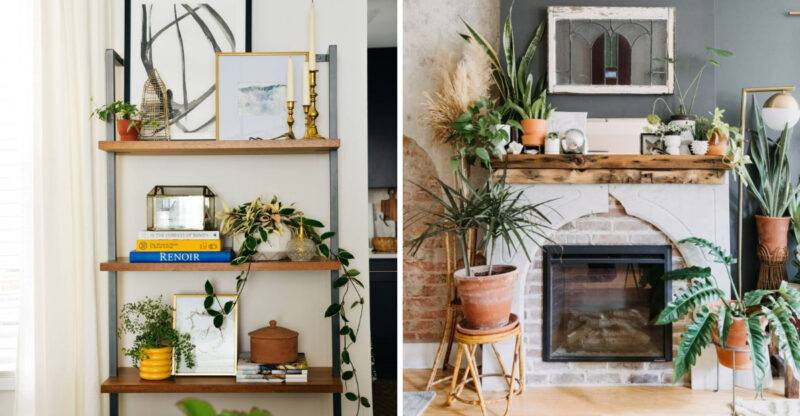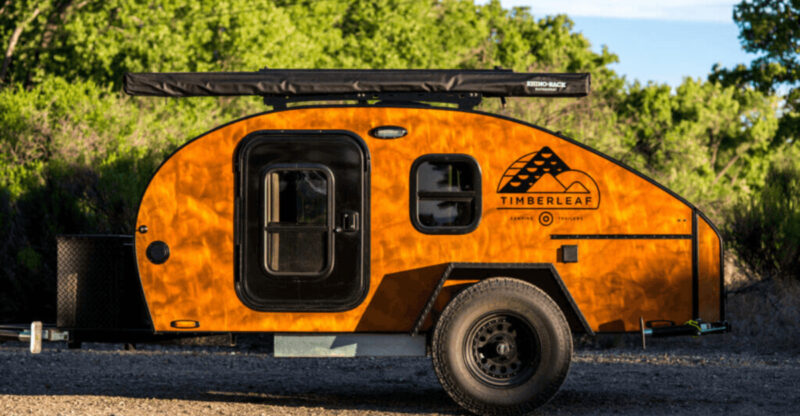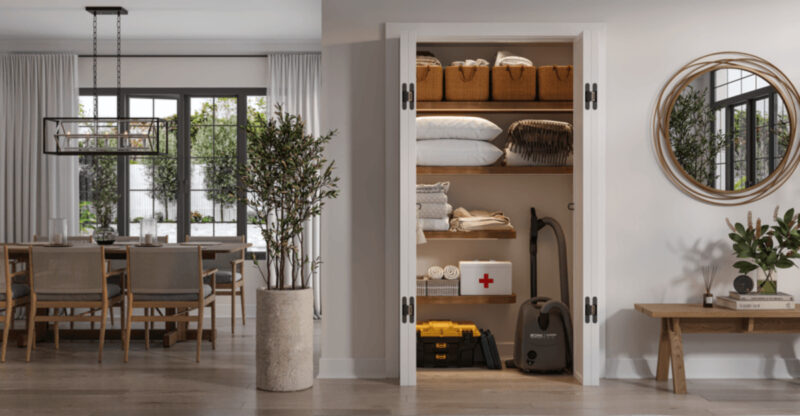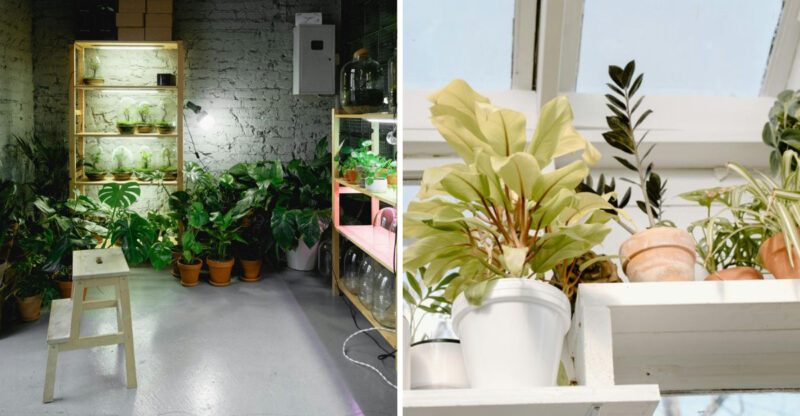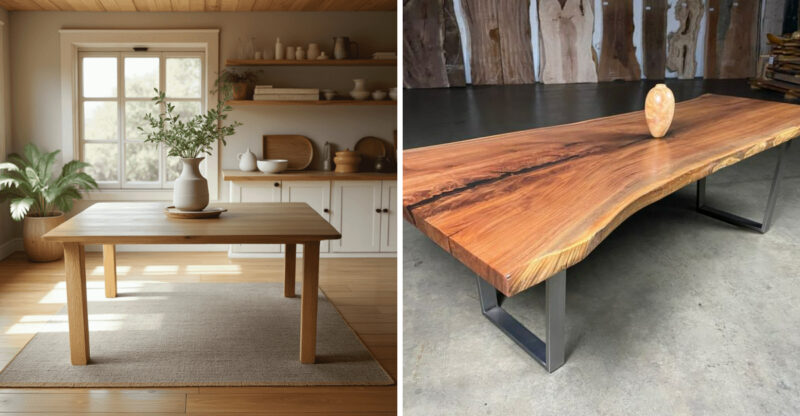13 Vintage California Home Styles That Defined The Golden State
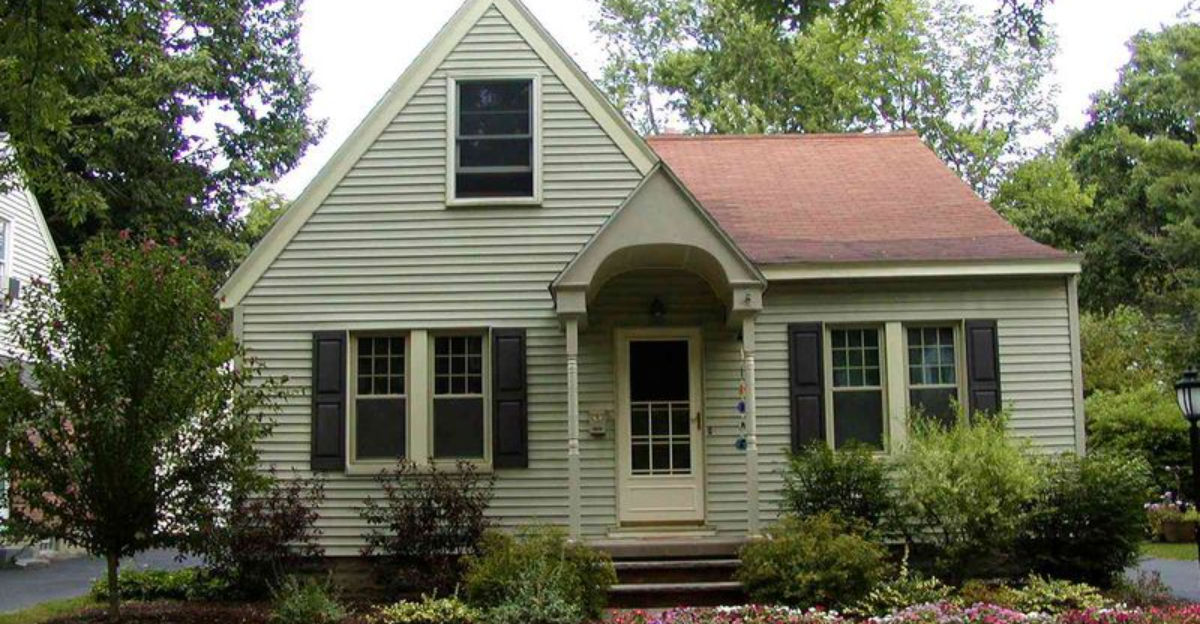
California’s homes aren’t just places to live they’re reflections of history, innovation, and the state’s ever-evolving identity.
From sun-soaked Spanish-style villas rooted in colonial heritage to bold mid-century marvels that redefined modern living, each architectural style tells a story. These homes blend culture, climate, and creativity, shaping the neighborhoods that make California so distinct.
Let’s explore the iconic designs that have left their mark on the Golden State each one a snapshot of how art and practicality meet under the California sun.
1. Spanish Colonial Revival
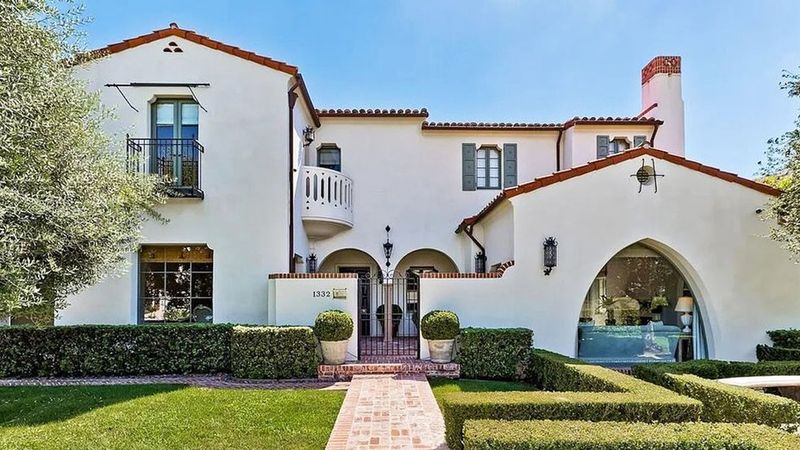
Romantic arches and terracotta roof tiles transport you back to California’s earliest European influences. This enchanting style bloomed throughout the 1920s and 1930s, inspired by Spanish colonial buildings that dotted early California settlements.
White stucco walls keep interiors cool during scorching summer days, while interior courtyards create private outdoor sanctuaries. Decorative wrought iron details and colorful tile accents add personality to these timeless homes.
Many homeowners cherish these properties for their thick walls that maintain comfortable temperatures year-round without excessive air conditioning. Santa Barbara and San Diego showcase some of the most spectacular examples, where these homes nestle perfectly against the Mediterranean-like coastal landscape.
2. Craftsman Bungalow
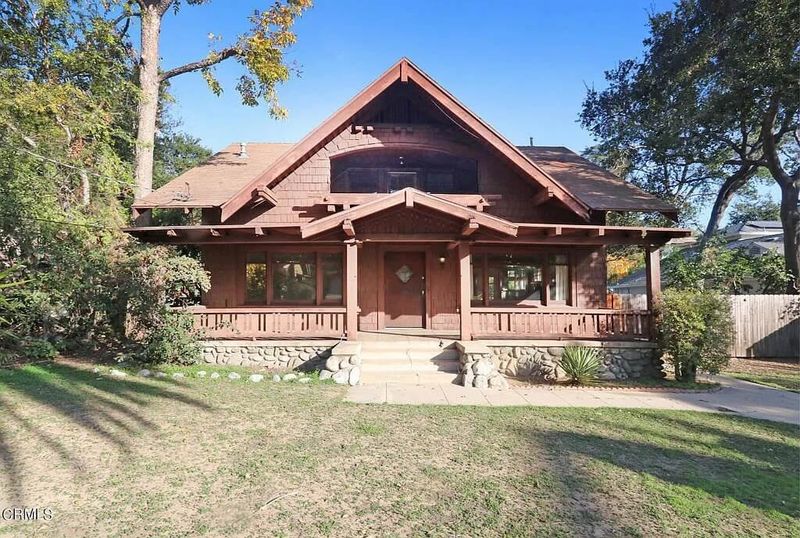
Hand-crafted beauty defines these cozy homes that rebelled against mass production in the early 1900s. Low-pitched roofs with wide eaves create distinctive silhouettes along tree-lined streets from Pasadena to Berkeley.
Natural materials like wood, stone, and copper celebrate craftsmanship through exposed beams, built-in cabinets, and handmade tiles. Front porches serve as welcoming transitions between public and private spaces, encouraging neighborhood connections.
Inside, you’ll find open floor plans with plenty of windows drawing natural light into wood-paneled rooms. The Craftsman movement emphasized harmony with nature and honest construction – values that still resonate with Californians today. Pasadena’s Bungalow Heaven neighborhood contains one of America’s largest collections of these architectural gems.
3. Mid-Century Modern
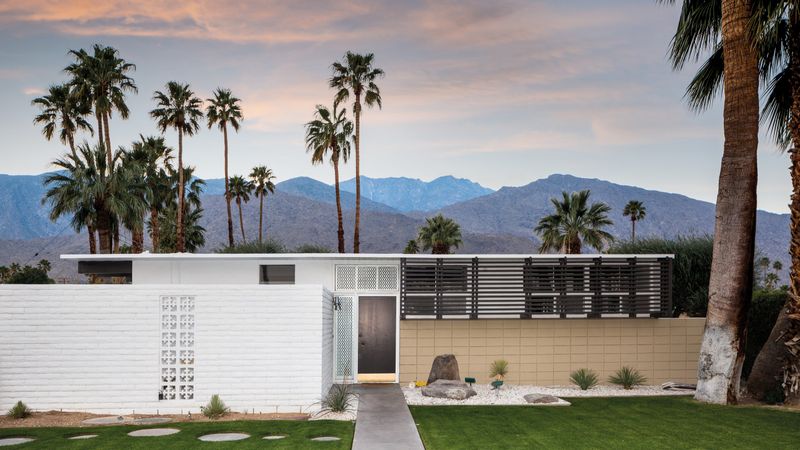
Floor-to-ceiling windows dissolve boundaries between indoor and outdoor living in these revolutionary post-WWII homes. Clean lines, flat planes, and minimal ornamentation create a sense of floating in space – a perfect match for California’s optimistic postwar era.
Architects like Richard Neutra and John Lautner designed homes that seemed to defy gravity, perching dramatically on hillsides or opening completely to swimming pools and gardens. Materials like concrete, steel, and glass replaced traditional wood and brick, creating sleek surfaces that reflected California’s forward-thinking attitude.
Palm Springs became an experimental playground for this style, where desert landscapes complemented the geometric forms. These homes pioneered open floor plans and indoor-outdoor flow that continue to influence contemporary California architecture today.
4. Mission Revival
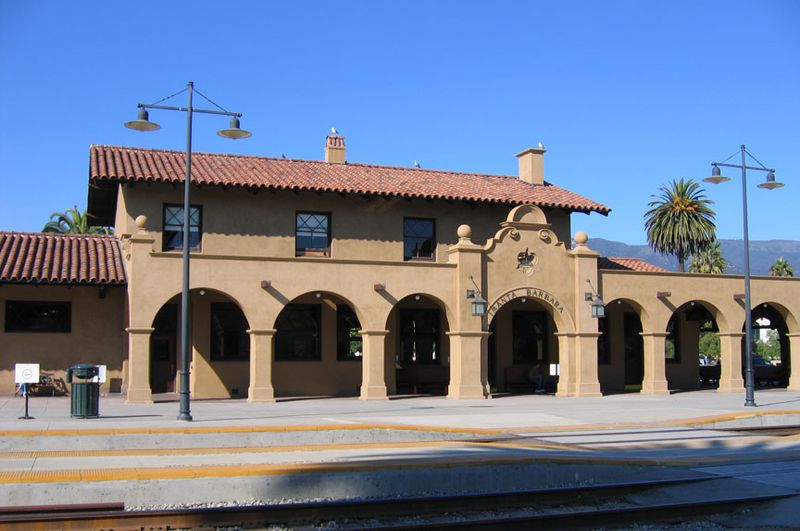
Bell towers and curvilinear parapets evoke California’s Spanish mission heritage in these distinctive homes that gained popularity around 1900. Smooth stucco exteriors painted in warm earth tones complement red tile roofs that seem to glow in the California sunshine.
Arched corridors and covered walkways create shaded outdoor living spaces perfect for the state’s Mediterranean climate. Though simpler than later Spanish Colonial Revival homes, Mission Revival buildings share similar practical adaptations to hot, dry weather.
Railway companies promoted this style for stations and resort hotels, cementing its association with California’s romantic past. Many early 20th-century neighborhoods feature these homes with their characteristic mission-bell-shaped dormers and quatrefoil windows. The style represents one of California’s first homegrown architectural movements.
5. Art Deco
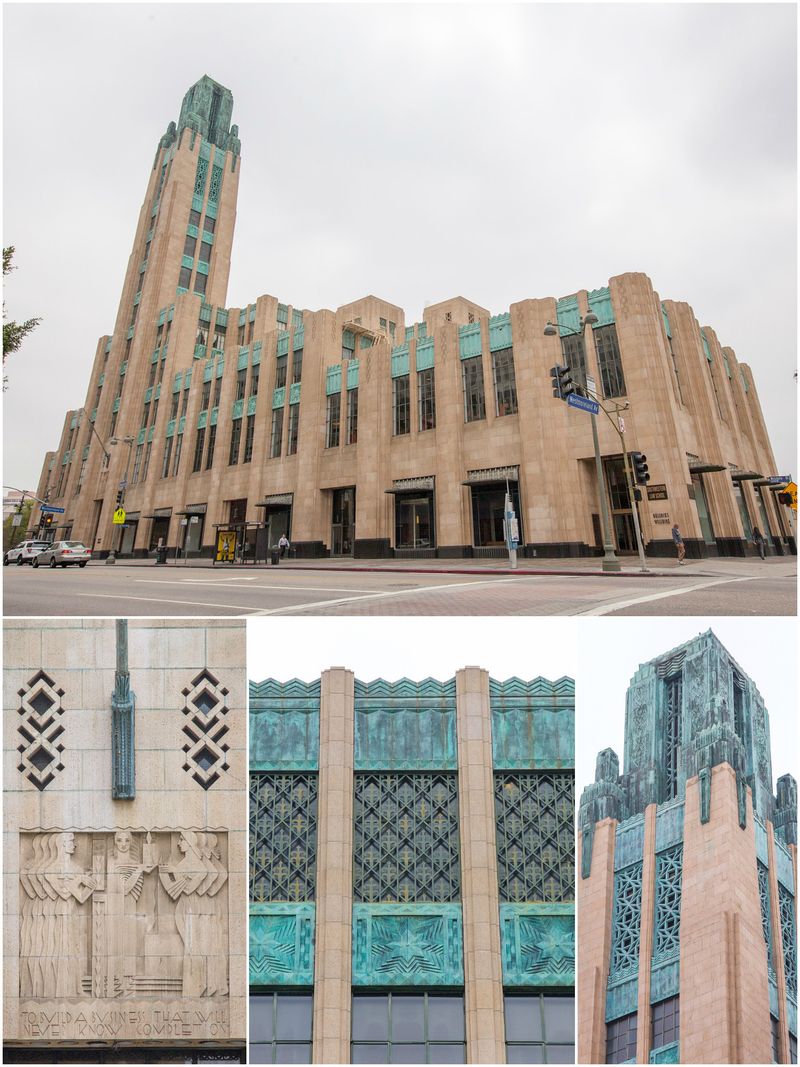
Zigzags and geometric patterns create visual jazz on these glamorous 1920s and 1930s facades. Los Angeles embraced Art Deco with particular enthusiasm, incorporating stylized sunbursts, chevrons, and Egyptian motifs into apartment buildings and single-family homes.
Smooth stucco exteriors often feature bold color contrasts and decorative elements inspired by ancient civilizations and machine-age technology. Curved corners, glass block windows, and metal trim add sophisticated flair to these urban dwellings.
Step inside and you might find terrazzo floors, built-in furniture, and dramatic lighting fixtures. Hollywood’s golden age coincided with Art Deco’s popularity, making the style synonymous with California glamour. While less common than other California styles for single-family homes, Art Deco buildings remain beloved landmarks in neighborhoods like Los Angeles’ Miracle Mile.
6. California Ranch
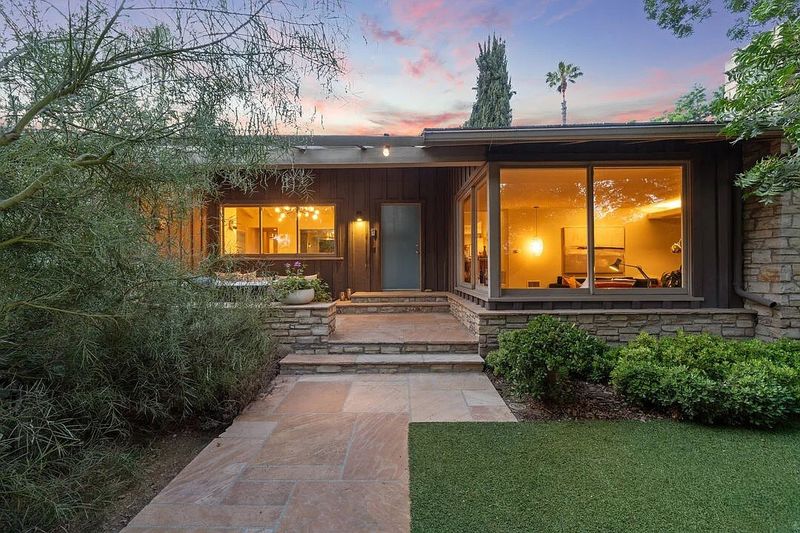
Sprawling single-story layouts captured postwar America’s love affair with casual living and automobiles. Cliff May pioneered this distinctly Californian style in the 1930s, blending Spanish Colonial influences with modern conveniences for middle-class families.
Long, low rooflines stretch horizontally across spacious lots, while large windows and sliding glass doors connect living spaces to patios and backyards. Attached garages acknowledge the car-centric lifestyle that defined suburban California development.
Unlike East Coast ranches, California versions often feature exposed wood beams, board-and-batten siding, and courtyards that reflect Spanish heritage. These homes dominated suburban development from the 1940s through the 1970s, creating distinctive neighborhoods throughout the state. Their single-level living and emphasis on outdoor spaces perfectly suited California’s climate and lifestyle.
7. Tudor Revival
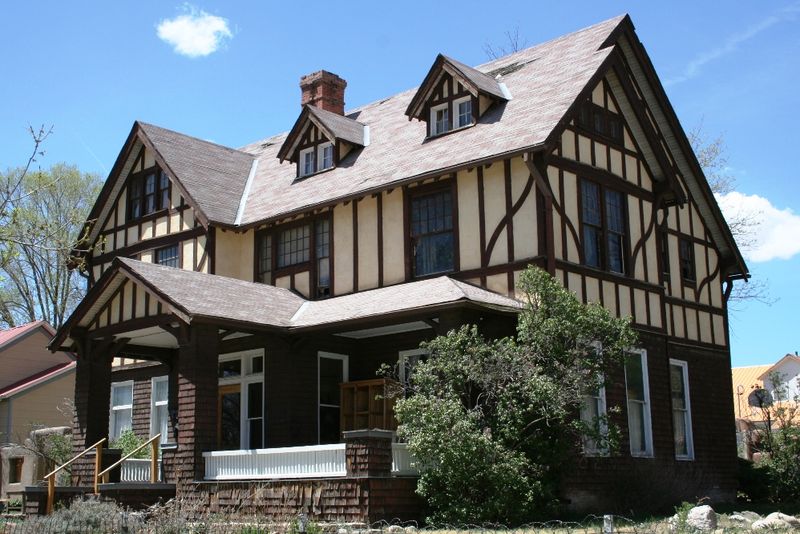
Storybook charm graces these medieval-inspired homes that gained popularity in upscale California neighborhoods during the 1920s and 1930s. Steeply pitched roofs with decorative half-timbering create an old-world European aesthetic that contrasts dramatically with California’s Spanish-influenced styles.
Arched doorways, leaded glass windows, and prominent chimneys add romantic character to these solid-looking structures. Though seemingly at odds with California’s climate, Tudor Revivals were adapted with thinner walls and more windows than their English counterparts.
Wealthy film industry professionals particularly favored this style for its theatrical qualities and association with established East Coast communities. Beverly Hills, Hancock Park, and San Francisco’s St. Francis Wood showcase exceptional examples. While less common than Mediterranean-inspired styles, these picturesque homes add architectural diversity to California’s residential landscape.
8. Monterey Colonial
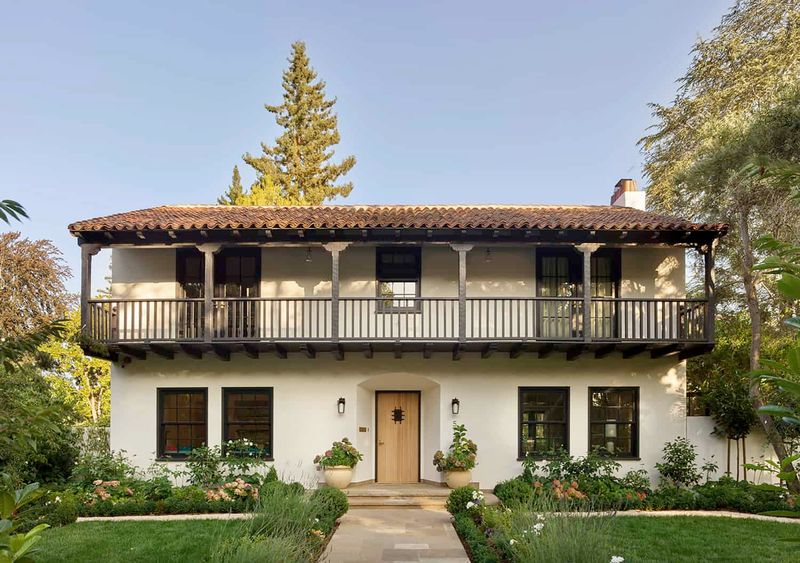
Second-story balconies with wrought iron railings distinguish these elegant homes that blend Spanish Colonial and New England influences. This uniquely Californian style emerged in the 1920s and 1930s, inspired by early 19th-century homes built during Monterey’s transition from Mexican to American rule.
Two-story rectangular forms feature adobe-like first floors and wood-framed second stories, creating a distinctive cultural fusion. The signature balcony typically spans the front facade, shaded by the main roof’s extension.
Unlike pure Spanish Colonial homes, Monterey Colonials often incorporate shuttered windows, brick chimneys, and formal symmetry reflecting American Colonial architecture. Carmel and Santa Barbara showcase beautiful examples of this harmonious blend of European and American building traditions. The style represents California’s cultural crossroads and has influenced countless custom homes throughout the state.
9. Streamline Moderne
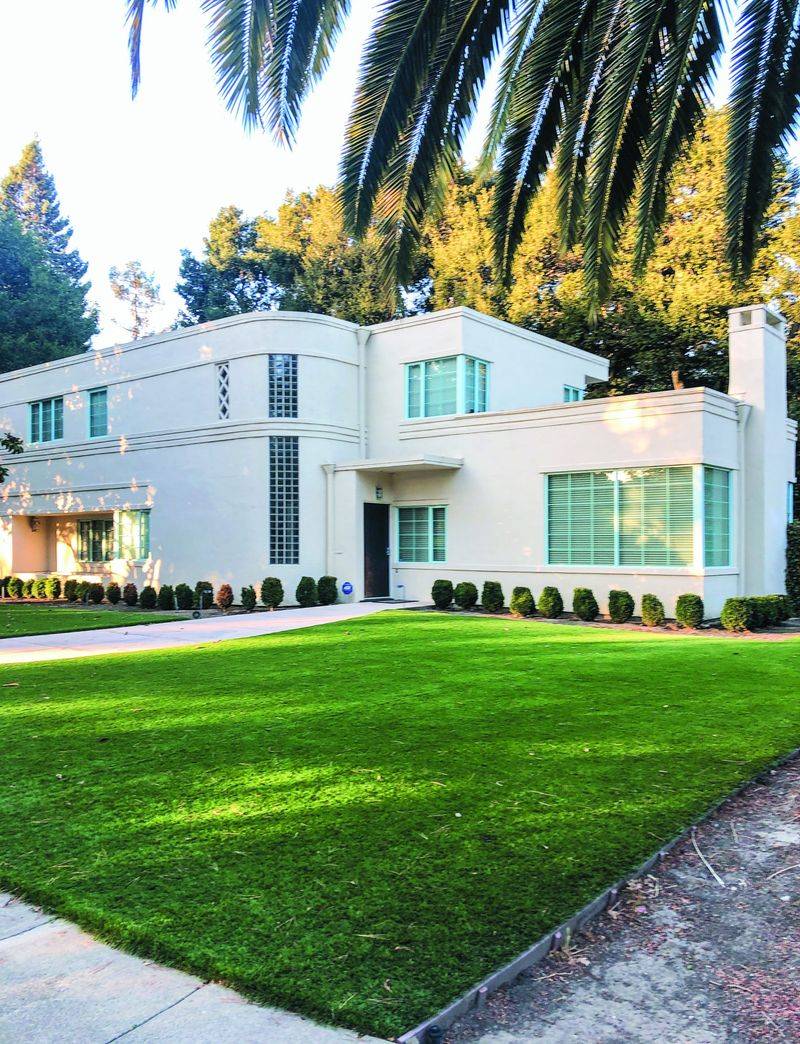
Curved corners and horizontal speed lines give these 1930s homes the appearance of movement – like ocean liners cruising through California neighborhoods. This sleek style evolved from Art Deco, embracing industrial materials and aerodynamic forms inspired by transportation design.
Flat roofs, smooth stucco surfaces, and glass block windows create a machine-age aesthetic that perfectly captured California’s forward-looking spirit. Round porthole windows, chrome details, and built-in furniture enhance the nautical feeling inside many of these distinctive homes.
Los Angeles embraced Streamline Moderne with particular enthusiasm, where Hollywood set designers sometimes moonlighted as architects. The style’s emphasis on cleanliness and efficiency aligned with Depression-era values while its futuristic appearance promised better times ahead. Though less common than other period styles, these architectural gems remain highly sought after.
10. Victorian (Queen Anne)
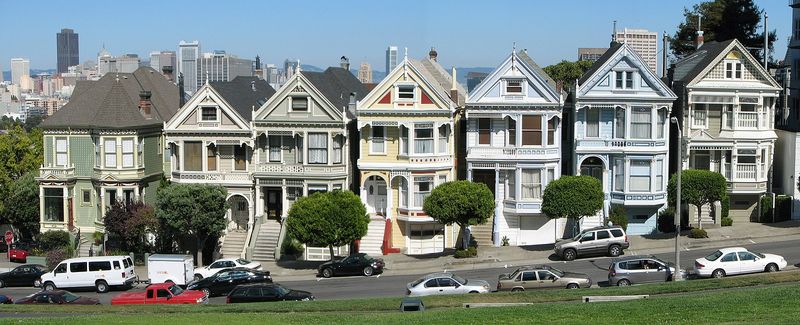
Ornate turrets and gingerbread trim create fairytale silhouettes in these elaborate homes that flourished during the late 19th century. San Francisco’s famous “Painted Ladies” showcase how Californians embraced this style with particular enthusiasm, adding bright colors that wouldn’t have been seen in more conservative East Coast versions.
Asymmetrical facades feature decorative woodwork, patterned shingles, and wraparound porches that create visual complexity and indoor-outdoor living spaces. Bay windows capture light and views while providing distinctive architectural character.
Though less practical for California’s climate than later styles, these homes represented prosperity during the Gold Rush era and subsequent economic booms. Many survived the 1906 earthquake and remain beloved landmarks in Northern California cities. Their intricate craftsmanship and historical significance make them treasured pieces of California’s architectural heritage.
11. Eichler Homes
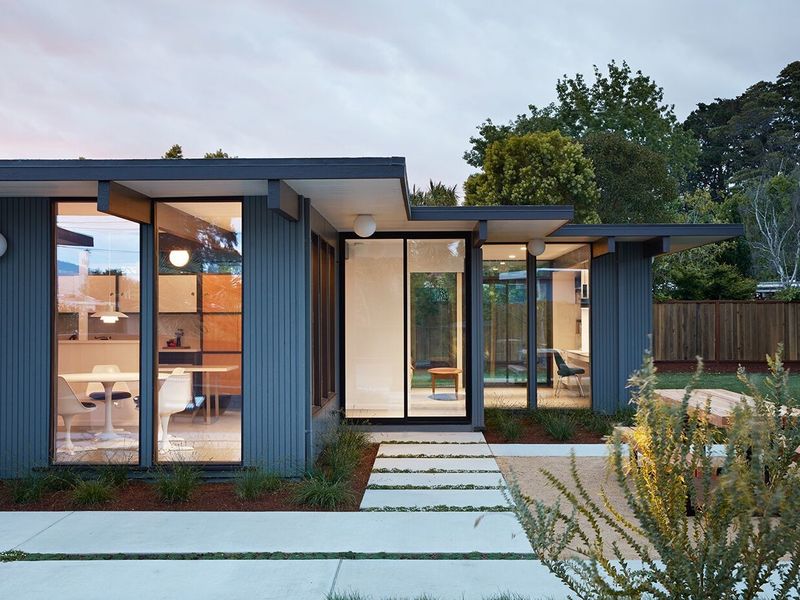
Atrium entries welcome visitors into light-filled spaces in these revolutionary tract homes built between 1949 and 1974. Developer Joseph Eichler democratized modernist architecture by making it affordable for middle-class families across Northern and Southern California.
Post-and-beam construction eliminates most interior load-bearing walls, creating flexible open floor plans that feel surprisingly spacious despite modest square footage. Floor-to-ceiling glass connects living areas to private outdoor spaces, while exposed ceiling beams add architectural interest.
Radiant heating systems embedded in concrete slab foundations provide efficient warmth during cool California evenings. Neighborhoods of these distinctive homes create cohesive modernist communities in places like Palo Alto, San Rafael, and Orange. Their influence extends far beyond California, inspiring contemporary home design nationwide and representing the democratization of high-design principles.
12. Prairie Style (California adaptation)
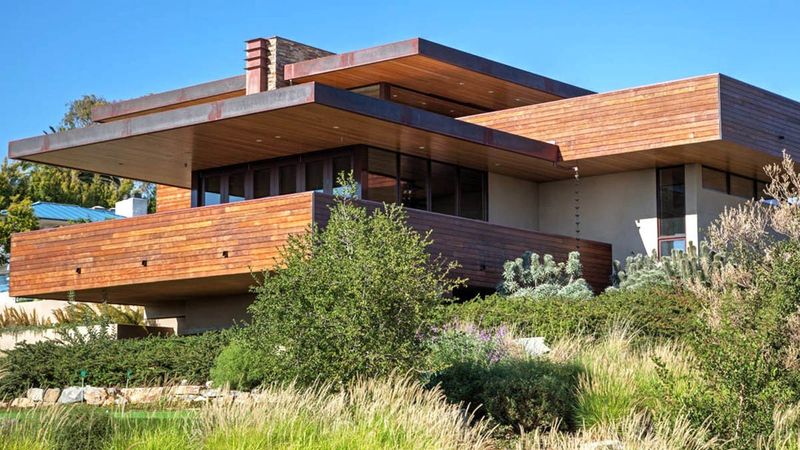
Horizontal lines echo California’s expansive landscapes in these Frank Lloyd Wright-inspired homes that appeared primarily between 1900 and 1920. Unlike their Midwestern counterparts, California Prairie homes often incorporate local materials like redwood and adapt to the state’s milder climate with more outdoor living spaces.
Low-pitched hipped roofs with broad, overhanging eaves create strong horizontal emphasis, while bands of windows maximize natural light. Open floor plans flow around a central chimney, embodying Wright’s organic architecture principles adapted for California living.
Decorative elements remain restrained, with geometric stained glass and built-in furniture providing subtle artistic touches. Though less common than Craftsman bungalows from the same period, these sophisticated homes influenced California’s architectural development. Berkeley and Pasadena contain notable examples that showcase how Eastern architectural movements were transformed by Western sensibilities.
13. Minimal Traditional
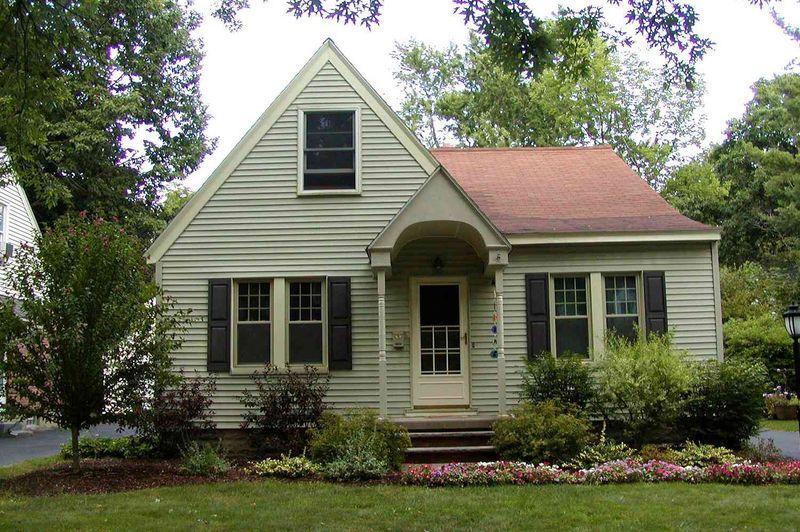
Modest charm defines these simplified traditional homes that bridged pre-war and post-war housing in California. Built primarily between the late 1930s and early 1950s, these compact dwellings emerged during economic hardship and material shortages, offering affordable housing with traditional aesthetics.
Low or moderately pitched roofs with minimal eaves distinguish them from earlier styles, while simplified Colonial or Tudor details maintain a connection to familiar architectural forms. Small front porches or stoops rather than full-width porches conserved materials while still providing transition spaces.
Unlike later Ranch homes, Minimal Traditional houses typically feature more compact footprints, often just one story with an attic. These unassuming homes filled countless California neighborhoods during a crucial housing shortage. Though less celebrated than more distinctive styles, they represent an important transition in residential architecture and remain cherished starter homes in established neighborhoods.

